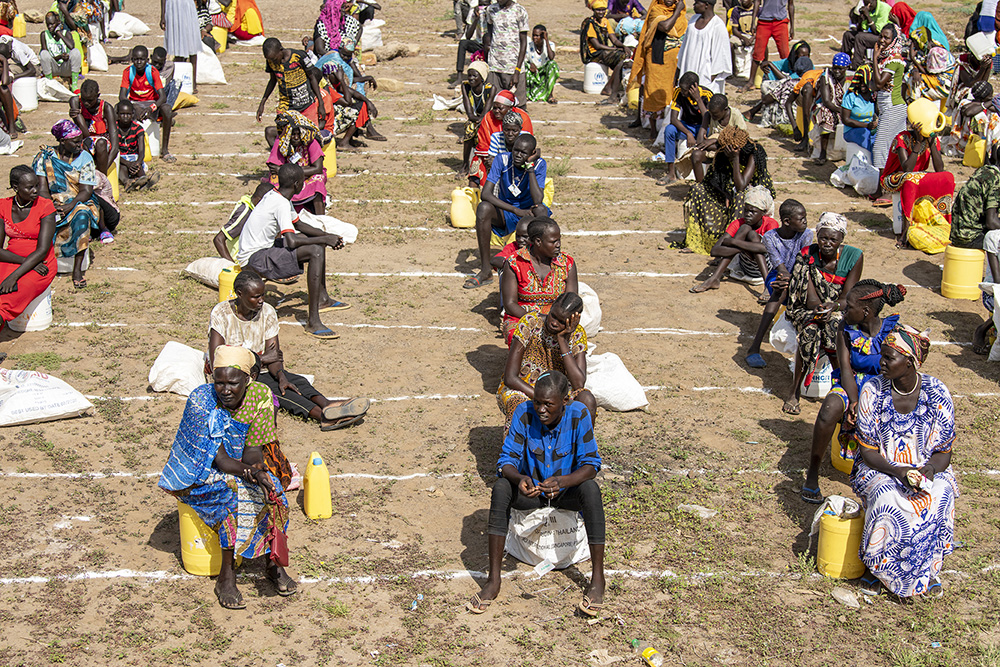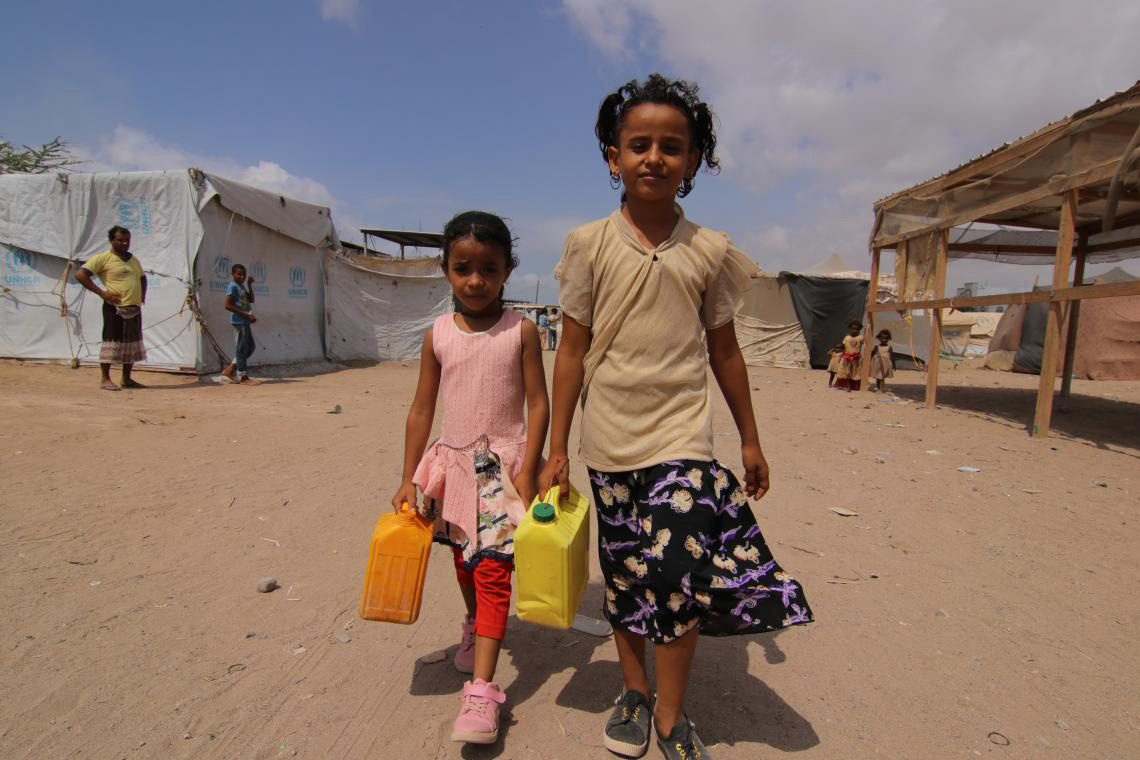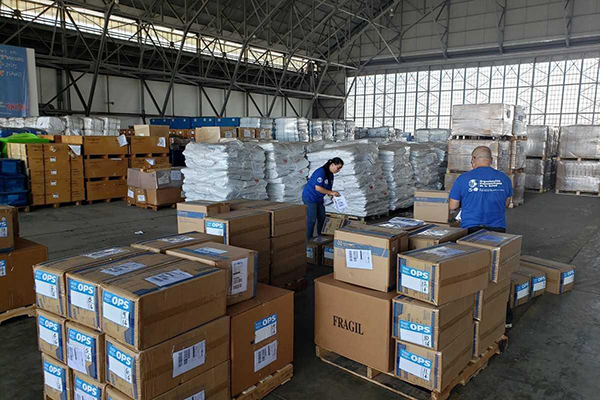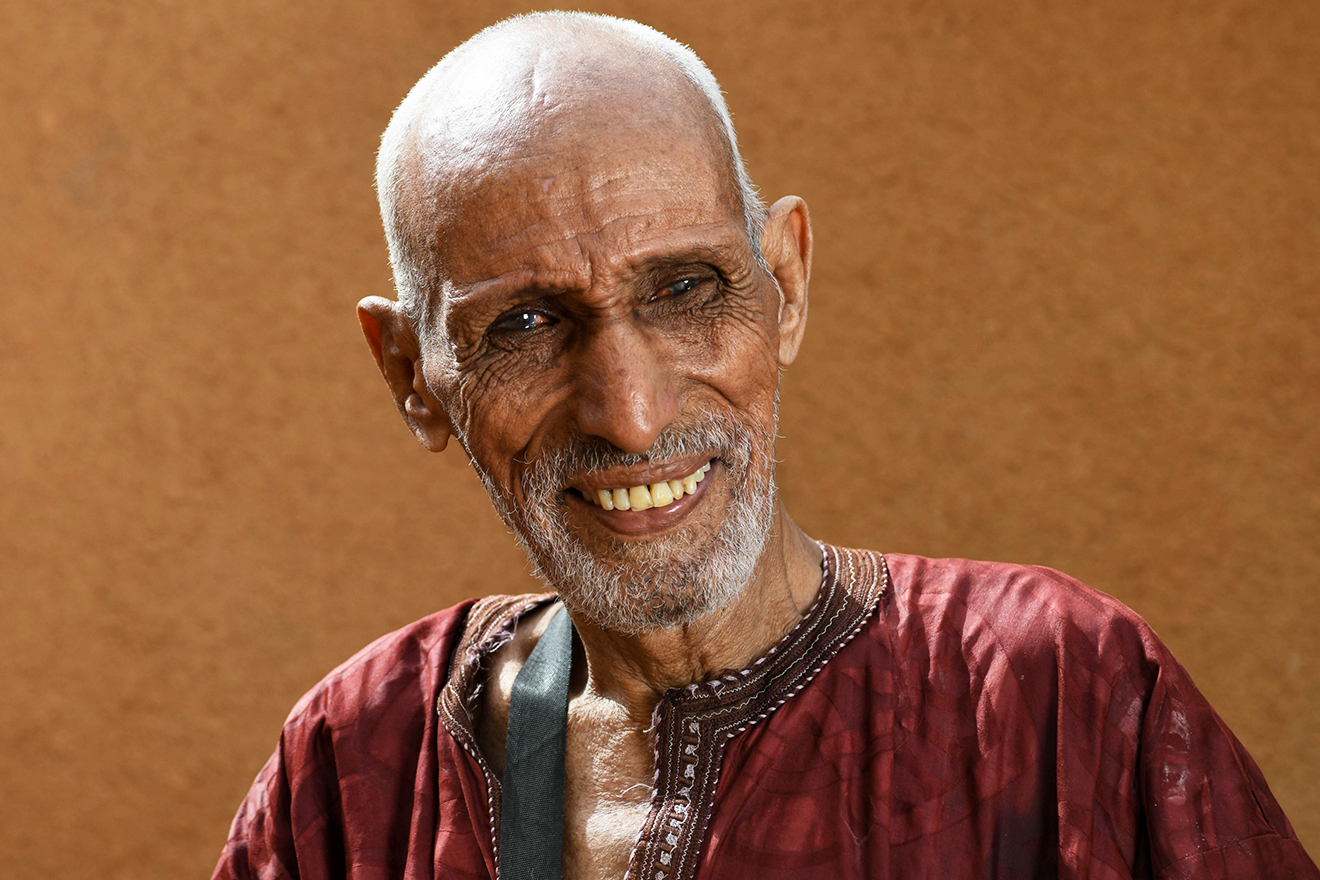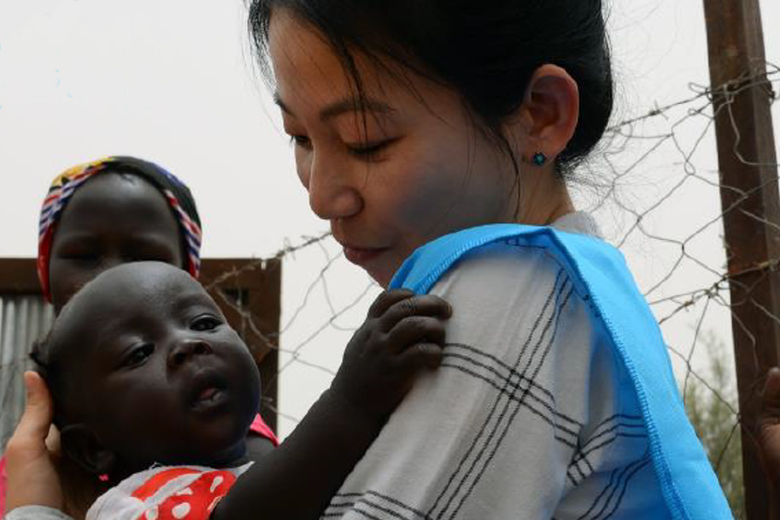How drought destroys lives and what we can do about it
Humanitarian Aid
As COVID-19 spreads to countries with poor health systems, the United Nations and its partners are racing against time to ensure that life-saving personal protective equipment and other supplies reach frontline health workers in need. The pandemic has disrupted all normal processes involved in transporting supplies. Disruptions to manufacturing in China fractured global supply chains, creating shortages as demand soared. Commercial flights were grounded, trade restrictions implemented, and market competition increased. These challenges create a whole new level of complexity.
Before And After: How COVID-19 is changing humanitarian operations
All countries must fight back against the coronavirus, an invisible enemy, but not all begin from the same starting line. The heads of the United Nations’ major agencies have issued a warning of the risk of COVID-19 to the world’s most vulnerable countries. Humanitarian organizations from across the world, therefore, call upon you to urgently support this global emergency supply system with an initial $350 million to enable a rapid scale-up of logistics common services.
Quasai and her family of 9 are doing everything they can to keep the virus away. The UN and partners are working around the clock to mitigate the risks, but more resources are urgently needed.
Want to know why 2019 was worse than expected? Find out here, and see what we did to help save and improve millions of lives with the support of donors, partners and affected communities.
At the time of filming, the bridge at “Stanytsia Luhanska” was still destroyed. Improvements have been made since then, but civilians continue facing challenges while trying to access services, payments or maintain family ties. Much more needs to be done to ease their suffering.
On World Humanitarian Day 2019 we honour the work of women in crises throughout the world. We focus on the unsung heroes who have long been working on the front lines in their own communities in some of the most difficult terrains, from the war-wounded in Afghanistan, to the food insecure in the Sahel, to those who have lost their homes and livelihoods in places such as Central African Republic, South Sudan, Syria and Yemen. Women make up a large number of those who risk their own lives to save others. They are often the first to respond and the last to leave. These women deserve to be celebrated. And world leaders as well as non-state actors must ensure that they – and all humanitarians – are guaranteed the protection afforded to them under international law.
One of the purposes of the United Nations, as stated in its Charter, is "to achieve international co-operation in solving international problems of an economic, social, cultural, or humanitarian character." The UN first did this in the aftermath of the Second World War on the devastated continent of Europe, which it helped to rebuild. The Organization is now relied upon by the international community to coordinate humanitarian relief operations due to natural and man-made disasters in areas beyond the relief capacity of national authorities alone.




